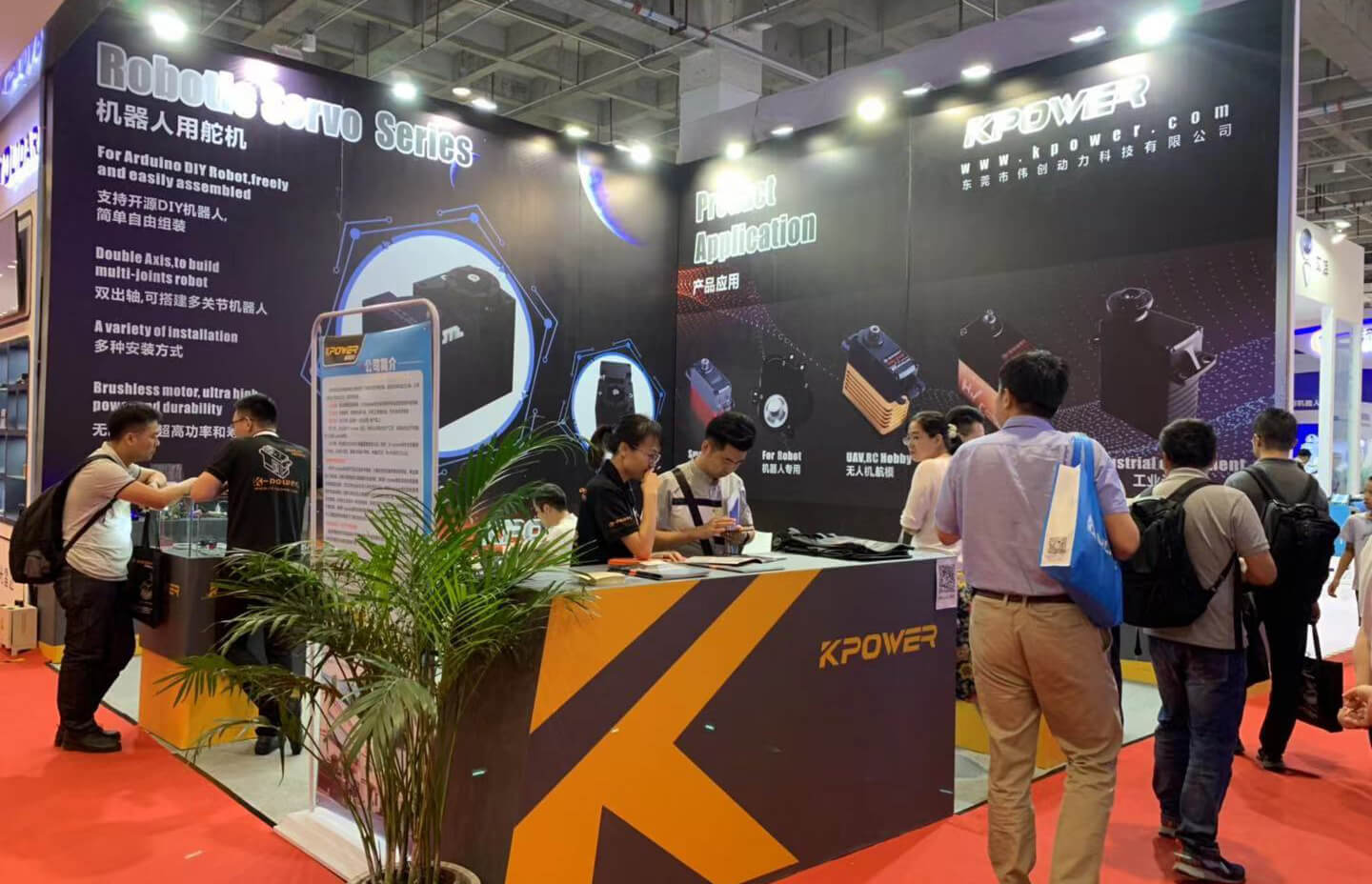Ever wondered how to make a servo motor respond smoothly and precisely without breaking a sweat? Well, let's talk about controlling that speed using an Arduino — a simple setup with powerful results. Imagine tweaking motor speed on the fly, like turning a dimmer switch for a smooth dance of electronics. That’s where the magic begins.

First off, why bother controlling speed accurately? Think of a camera slider. Slow, steady motion to capture a cinematic shot or a quick burst for a high-energy scene. With an Arduino, you get to tell your servo, "Hey, go fast," or "Ease into it," seamlessly. No jerks, no awkward stops. It’s all about precision and flexibility.
So, how does it work? It’s all about Pulse Width Modulation — PWM for short. PWM pulses tell the servo how much power to give. If you’ve ever played with lights dimming or motor speed controls, that’s PWM in action. Here, you feed the Arduino a signal, and it modulates the pulse width based on your input — often a potentiometer or a simple code variable.
Now, picture this: you connect a potentiometer's middle pin to an analog pin on the Arduino. Turning the knob changes voltage values, which are read by the Arduino's ADC (analog-to-digital converter). The Arduino then translates these readings into PWM signals that adjust how fast the servo spins.
Here's a question that might pop up: "Can I control multiple servos at different speeds?" Absolutely. Just load the code with separate PWM signals for each servo, tweak their parameters individually, and suddenly you've got a robotic arm with nuanced, coordinated movements — all controlled in real-time.
What about stability? Some might worry about jitter or inconsistent motion. Using proper power supplies, avoiding excessive load, and tuning your code helps keep things smooth. For example, adding a small delay or filtering out erratic readings can make your servo's motion buttery, not stuttered.
One thing to consider — different servos react differently. Some are faster, some slower. Matching your servo's specs with your control logic makes a huge difference. It’s like choosing just the right gear for a bike ride — find the combo that gives you the best control.
People often ask, "Can I update speed in real time?" Sure! That's the beauty. You can have a dial, a sensor, or even a remote control send signals to your Arduino, and it will adjust the servo speed instantly. Imagine a robot that reacts dynamically to its environment or a camera that moves smoothly as you adjust your tripod.
In the end, using an Arduino for servo speed control is surprisingly accessible but opens up vast potential. From DIY robotics to precision automation, this approach gives you control that’s both straightforward and highly customizable. With some creativity, you'll find your projects more alive — responsive, adaptable, and downright fun.
Established in 2005, Kpower has been dedicated to a professional compact motion unit manufacturer, headquartered in Dongguan, Guangdong Province, China. Leveraging innovations in modular drive technology, Kpower integrates high-performance motors, precision reducers, and multi-protocol control systems to provide efficient and customized smart drive system solutions. Kpower has delivered professional drive system solutions to over 500 enterprise clients globally with products covering various fields such as Smart Home Systems, Automatic Electronics, Robotics, Precision Agriculture, Drones, and Industrial Automation.




































